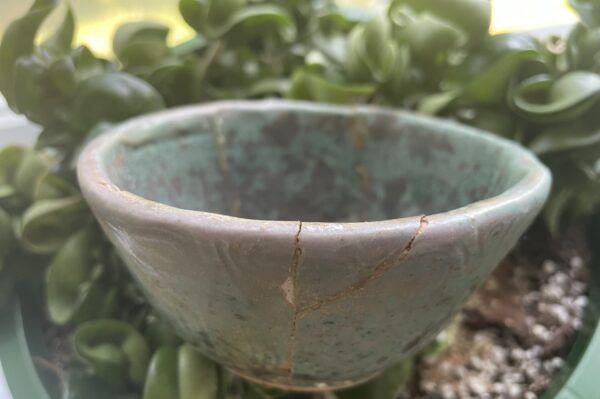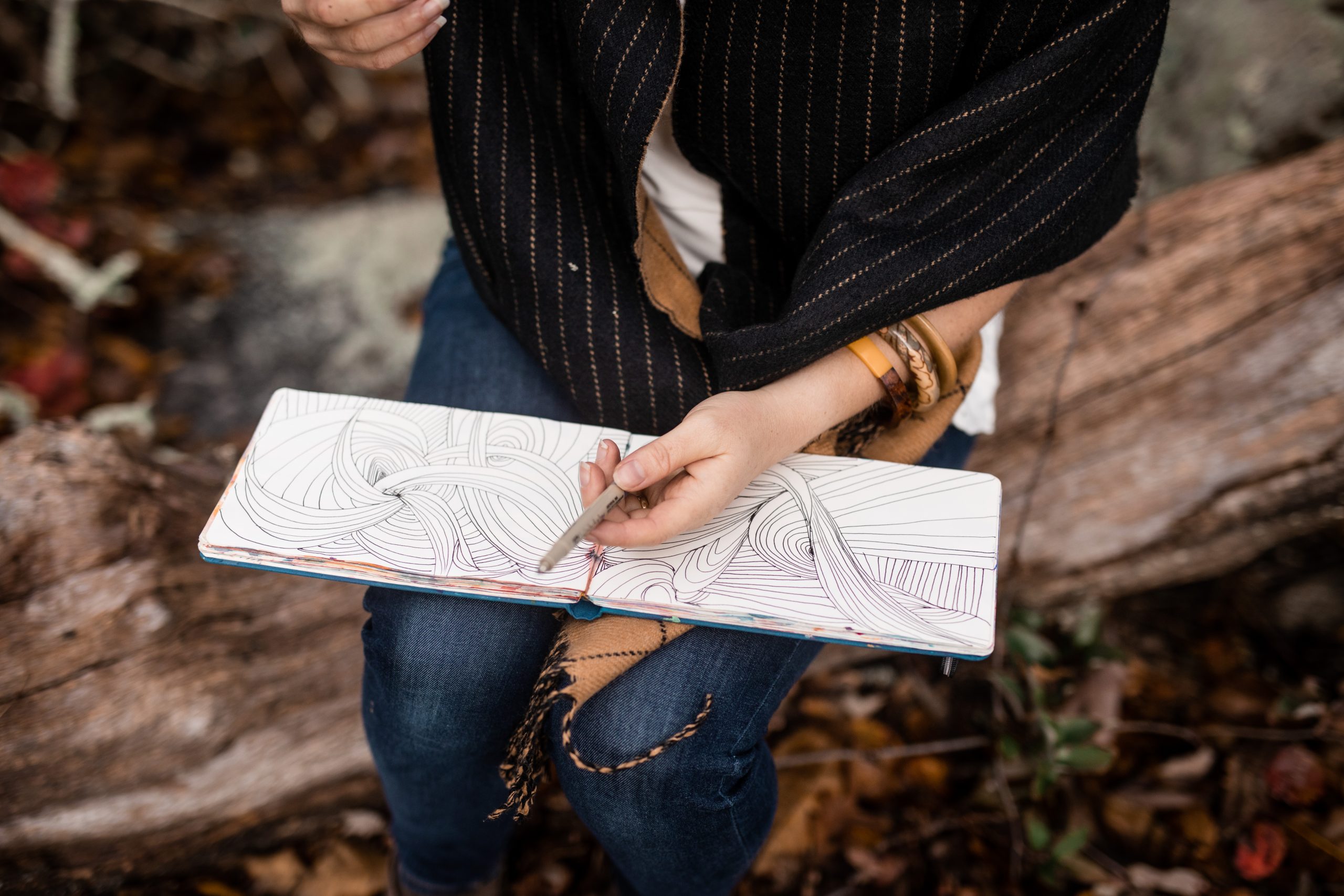This past year, I’ve been in full academia mode. Not only am I pursuing my masters degree in Library Science, but at the beginning of this year I gained a work position as a research assistant in my department.
This time has been challenging, invigorating, confusing, and illuminating. I’ve conquered several personal challenges, which alone would be enough to celebrate. I’ve also come across very ancient (to me) parts of my psyche that cares too much about performance, not making errors, and perfection as the goal.
There I was – holding my breath at the end of the semester waiting for my grade to be posted – as if that would give me some cosmic permission to be a content human.
As much as pieces have been unearthed, some pieces of me are fallowed.
I’ve been synthesizing the parts of me that let go of making art. I’ve let go because of time constraint. To be honest, I’ve let go due to lack of interest. I know the interest in these aspects of myself will return, as it always does. In the same way that the interest of higher education came to me 20 years later, after my last experience.
I’m molting the person I have been for the last decade or so, the one who taught her students to put their hands in their watercolor paint. To this one, the one who collects data and gets excited about research methodology to explain phenomenon in the Library Science field.
Though, this shift isn’t exactly a molting of old skin, it’s not the cohesive and cathartic relief of letting go of something that you’ve outgrown. Instead, it’s the painstaking and beautiful task of mending the pieces of being human – the head and the heart, so to speak.
Many cultures throughout time have techniques of mending broken pottery. The throw out culture of today’s broken bits wasn’t an option then. The pottery vessel was mended due to necessity, or the item had sentimental meaning. Often these repairs were done in such a way to hide the mending. In Japan, the art of kintsugi, or golden joinery, repairs these cracks with lacquer that contains gold or silver. The cracks are highlighted visually, and in turn this makes the vessel more valuable (Maeir, 2017).
There’s a choice we make for the pieces that often don’t fit together. And neither choice is better than the other, it depends on what is needed at the time.
Either you hide the mending, or you accentuate it. No matter what, though, the invitation is always there to take the pieces and make something, rather than throwing it all away.
Because, in the end, nothing is as whole as the pieces of you.
In your hidden mending or visually stunning mending, you are whole, complex, and so human it’s miraculous. That is what connects us all.

Love,
Rose
Resource on pottery mending:
Maeir, A. (2017). “There Is Nothing so Whole as a Broken Heart”: Reflections on “The Practice of Repairing Vessels in Ancient Egypt”.Near Eastern Archaeology, 80(3), 202–203. https://doi.org/10.5615/neareastarch.80.3.0202
The art in me hasn’t completely gone dormant. This is a commission I completed earlier this year. If you’re interested in a piece like the one below, reach out to me here. Let’s talk about it!


